As I've learned from experience, planning a wedding day is no easy feat; the dress, the venue, the flowers, the food, the e-invites (hello, modern bride), the list is a never-ending trigger of anxiety. But how about six events or month-long festivities? Welcome to my big fat South Asian wedding. Despite my extensive experience of attending family nuptials, nothing could have prepared me for my moment in the spotlight. As a 2023 bride, preparations began a year in advance, menus were created, multiple dresses were ordered and several flights were booked to and from Pakistan to pick up all the necessary essentials. I both relished and raged at every moment. One aspect of the list that provided a brief moment of respite, however, was my bridal beauty regime.
I found that, partly due to my job as a beauty journalist, partly thanks to my very clear vision of what I wanted, planning my look(s) for each of my six events was a fun and authentic celebration of my heritage. I'm Pakistani-Indian, born to a Pakistani father and British-born Indian mother. Their union, in many ways, is a symbolic reflection of the subcontinent's collective rich cultural history, which spans multiple countries, languages and religions; something that is currently being marked by South Asian Heritage Month, which runs until 17th August and is now in its fifth year.
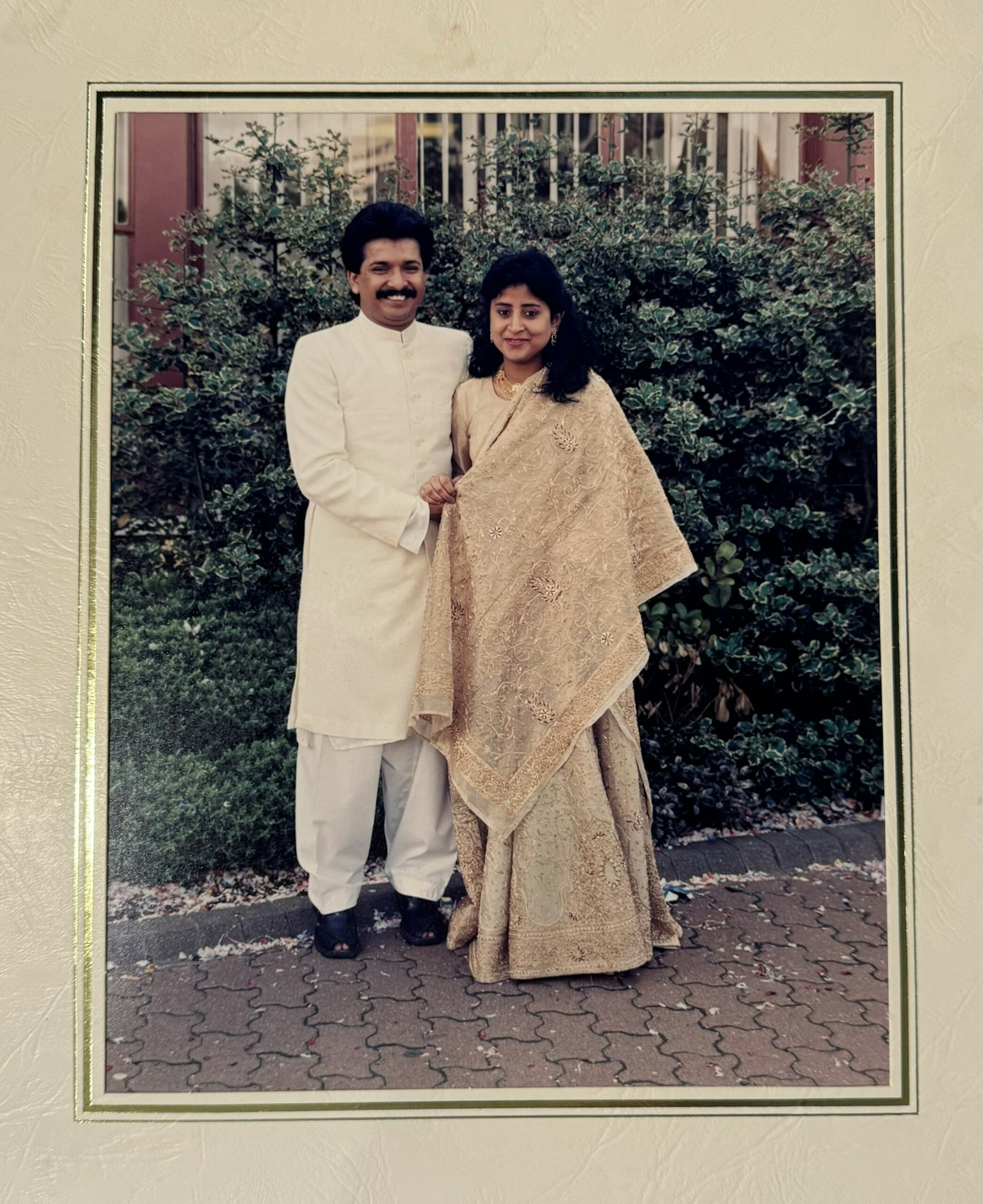
That beautiful melting pot of different cultures comes to a head in the way we celebrate weddings, in which a conscious approach to beauty is an embedded practice. South Asian bridal traditions and how they are observed may differ by region but, for me, it included hair oil being applied to my scalp, my skin being coated in haldi (a turmeric paste), and sitting still for four hours as henna/ mehndi was intricately painted on my hands and feet.
It also inspired my hair and make-up choices. I leaned into Mughal style references for my Rasm-E-Mehndi night and iconic depictions of Umrao Jaan (a fictional courtesan who has inspired novels and Bollywood films since 1899) for my Nikkah (Islamic marriage) ceremony. Lost? Look to Netflix's recent stellar series Heeramandi, which captures the opulence of the subcontinent's pre-partition period through a beauty lens with flamboyant displays of henna, sultry hairstyles and soft make-up, which lets costume drama and accessories do much of the talking. As a second-generation Pakistani-Indian, I wanted to honour my British-Asian identity, so for my reception, I drew on Western influences in the bridal space with a look that fused the modern with the traditional. This took shape in the form of my up-do, glossy make-up, fishtail lehnga (skirt) and my six foot embellished veil.
Whether or not you're of South Asian descent, if you're a 2024 bride (and anything like me) I'd hazard a guess that you're on the hunt for all manner of expert advice in the lead up to your big day. If so, you're in the right place, as I spoke to the industry's leading voices to find out all the beauty tips you need to know.
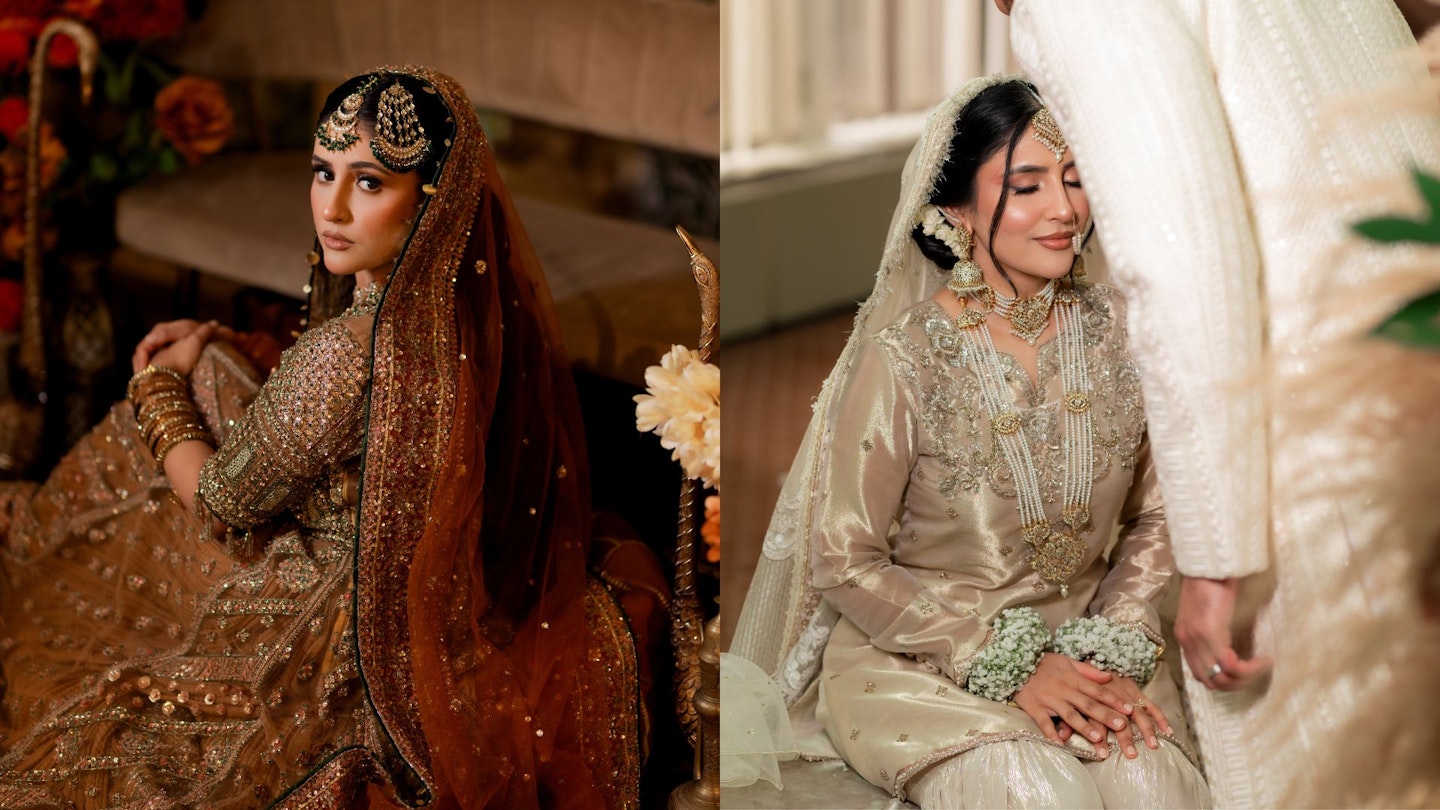
What are the main South Asian wedding traditions?
Pre-wedding functions are the unsung heroes of South Asian wedding festivities, in my humble opinion. They are more low-key and powered by the single aim of togetherness. You can host as many or as few as you want and they will always include folksong singing, food and dancing (in that order). We call them dolkis but the more formal rituals which contain a significant traditional element go by other names.
The mayoun (as it is known in Pakistan) or haldi rassam (as it is known in India) is a staple pre-wedding event centred on the tradition of slathering the bride and groom in a paste of turmeric, gram flour, and ghee – at least that was our concoction, others can include sandalwood powder, rosewater or milk. It is a playful and wholesome event which is primarily a beautifying ritual thanks to the anti-inflammatory properties of turmeric but is also loaded with auspicious beliefs.
Mehndi or henna is perhaps one of the more universally known South Asian bridal beauty traditions. In fact, the centuries-old ritual of using the plant-based temporary skin stainer is so entrenched in our culture there is a whole event dedicated to it. The Rasm-E-Mehndi is a formal pre-wedding function, integral to the build up of festivities, where henna was originally known to be applied on a bride by her female relatives in a sumptuous night of music, dance, and celebration.
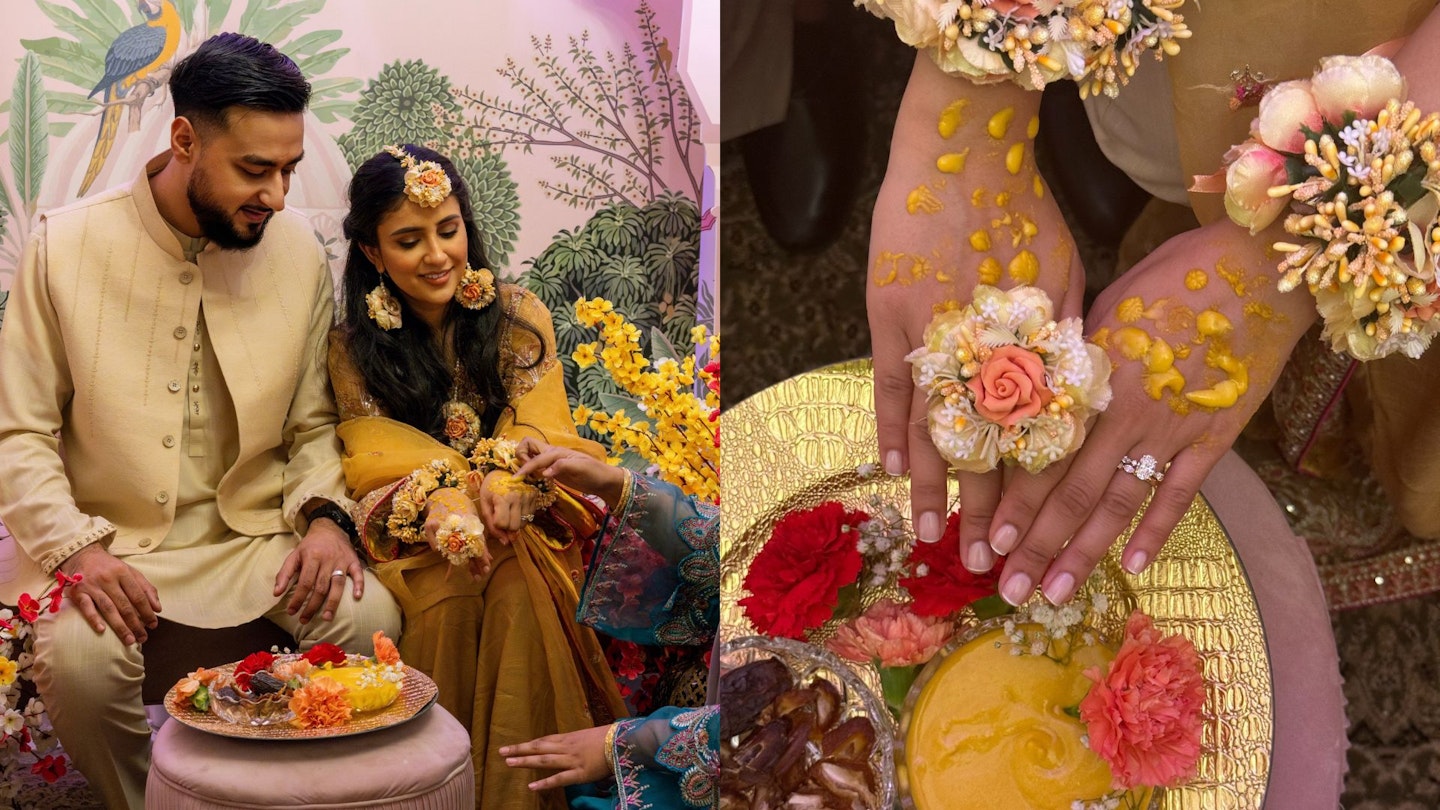
Henna artist Pavan Dhanjal explains, 'Henna is significant to South Asian culture as it symbolises all of the good things: luck, prosperity, new beginnings and fortune. It is a symbol of celebration and joyous occasions. Wedding rituals are not complete without mahogany hands and feet. It is often the last ritual before a bride's wedding day preparing her for her new life ahead.'
Nowadays, the Rasm-E-Mehndi isn't just enjoyed by the bride's closest ladies, it is a full-blown affair, lavish in all respects and, in many instances, is as meticulously orchestrated as the wedding day itself.
While my Rasm-E-Mehndi saw me symbolically apply henna as guests stained a leaf sat within my palms, my actual bridal henna was applied on a separate day, my henna party. On that morning, I sat with my henna artist Ami Thakker for four hours as henna was delicately drawn onto my hands and feet. I opted for a traditional pattern, Indian by nature and immediately recognisable to those versed in classical mehndi. Once complete, I kept my hands and feet completely dry until the next morning, when the hardened henna crumbled away to reveal a light stain which darkened into a deep brown as the days went on. I have never taken to henna before but, as a bride, I didn't want that stain to ever fade.
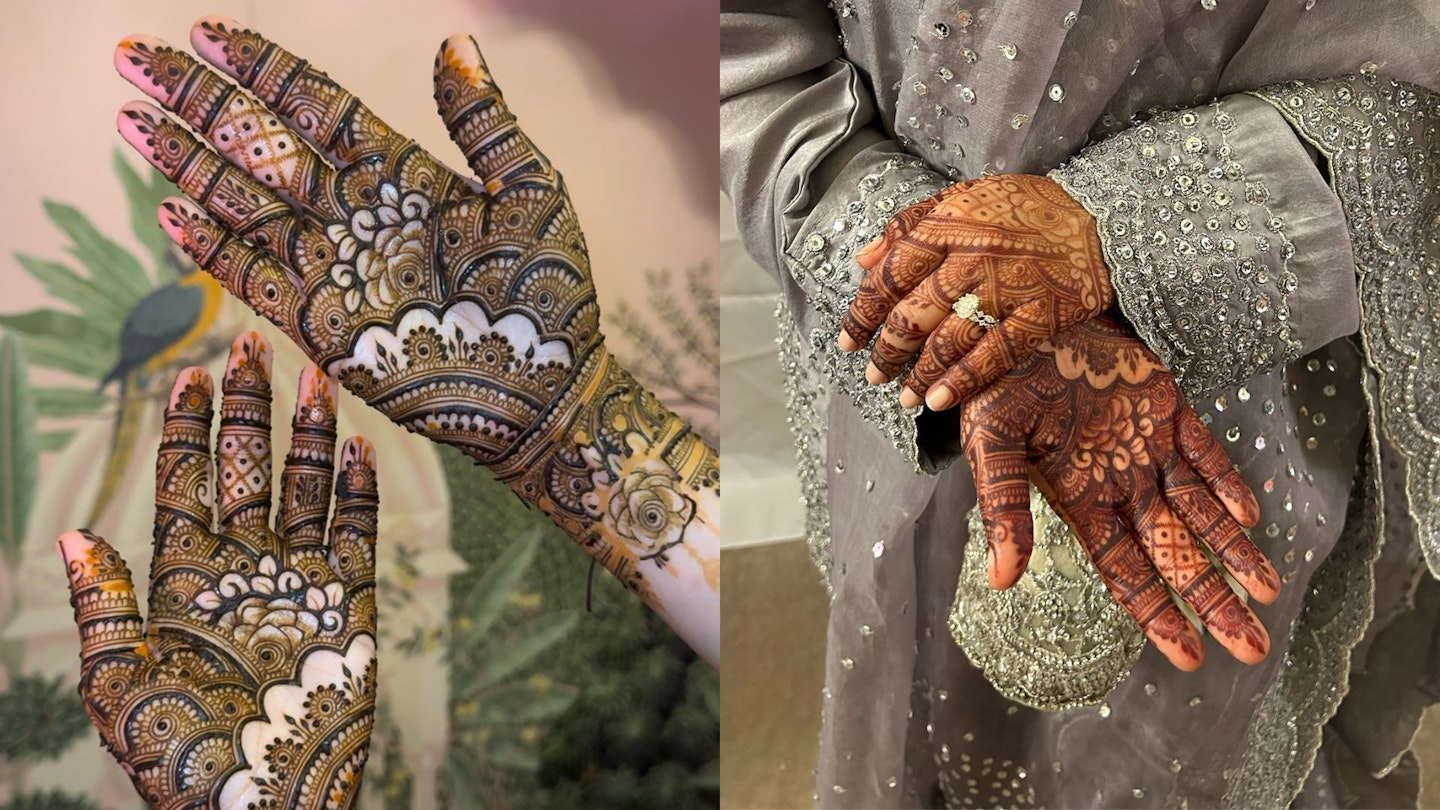
Pavan Dhanjal's guide to henna:
-
Brides should ask what ingredients are in the henna and, if the artist makes their own cones, they should be fully transparent. Ask for a patch test beforehand and it's a good idea to also ask if any of the products contain a chemical called PPD (p-Phenylenediamine) – this is what you should avoid.
-
Ask what styles your artist is confident in and make sure it aligns with what you like.
-
Check how long application takes so you can plan your day out, know how long you will be sitting there for and decide on the correct clothing to be as comfortable as possible.
-
Brides should make sure there is no cream or oil on the skin before application. This will act as a barrier on the skin and means the colour will not take.
-
To improve longevity of the henna stain, keep skin moisturised and avoid too much water contact, that includes steam rooms and saunas.
A guide to South Asian bridal make-up
South Asian bridal make-up has come a long way since the 90s and noughties, which almost always included dark kohl lined eyes, gold glitter and a red lip (to match traditional red bridalwear). In recent years, there has been a 'soft glam boom' that is far more ethereal and akin to the regal standards associated with Mughal women, according to celebrity and bridal make-up artist Roqa.
'When I started doing make-up professionally, the South Asian bridal market was daunting as it had a stigma of being really heavy and mask-like,' Roqa says. 'I didn't really sit within that box as an artist. But times have shifted and there is now a demand for a more natural, soft look, something that enhances rather than transforms you.'
That said, Roqa, who has been doing make-up professionally since 2015 after attending masterclasses with make-up legend Mario Dedivanovic, points out that South Asian bridal make-up requires a certain level of artistry. 'Asian brides wear beautiful outfits with intricate details, decadent jewellery, and glamorous hairstyles, so the make-up needs to carry all of those elements without overpowering the whole look, these are the things I consider before building any full bridal picture.'
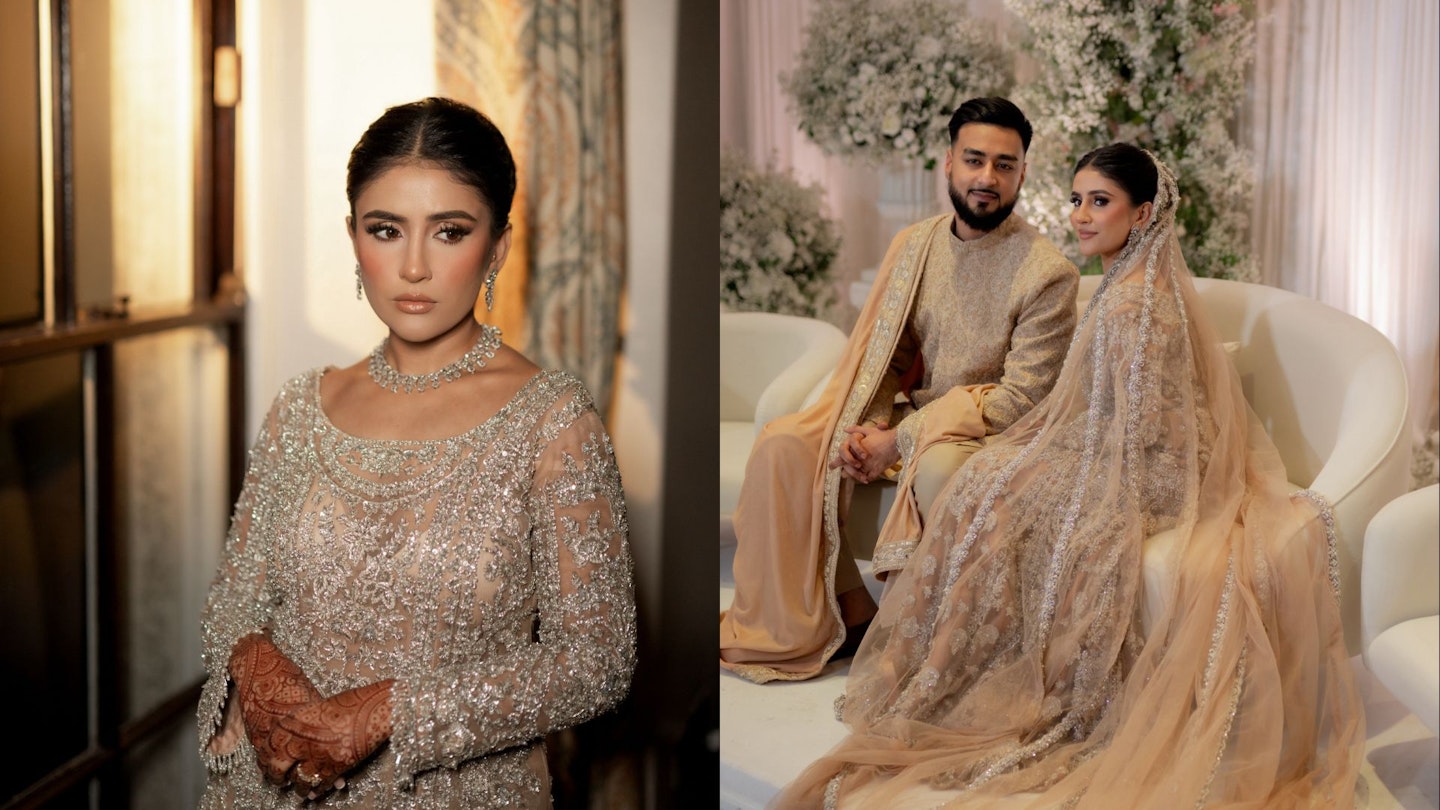
For 2024, brides have shifted from heavy, stiff looks that often feel very done to favouring flawless, glowy make-up inspired by the red carpet. 'Refreshingly, there has also been a big move towards embracing natural skin tones, we are finally getting to a place of accepting the colour of our skin and it is amazing to see brides generally more comfortable in their own skin,' says Roqa, who has seen first-hand the damaging impact of colourism on brides from the South Asian community.
Having followed Roqa for years on Instagram prior to my wedding, I'd endlessly pinned her work on my bridal moodboard, knowing full well her timeless yet modern take on Asian bridal make-up was everything I wanted for my reception day. I booked her the moment the date was set and I'm so glad I did. Her craft, expert artistry and calming aura are the perfect trifecta for any bride. Roqa was fully aware that my reception day was the final event in my six-day sprint, in which I'd sported different looks to reflect the significance of each event, and thus ensured my make-up was perfect.
Roqa's make-up tips for brides:
-
Always tell the artist your preference, both in terms of looks and products. It is all about confidence and the worst thing is to try something new for your big day – go for what you know.
-
Make-up should be applied in many thin layers of multiple products to create the most flawless, photo-ready finish and long-lasting base.
-
No glam is complete without phenomenal skincare, Roqa recommends Tatcha's Dewy Skin Cream, £67, Sunday Riley’s C.E.O. Vitamin C Rich Hydration Cream, £60, and Augustinus Bader's The Rich Cream, £145, for creating a luminous base.
-
Colour correcting is key to any bridal look, but especially necessary for South Asian skin tones which are prone to hyperpigmentation and discolouration. It transforms the way subsequent products will sit on top and remedies dull, grey, ashy areas.
What are the most popular South Asian bridal hair styles?
Hair is without a doubt one of the most defining pillars of South Asian beauty. It is so entrenched in how we perceive health that there is a whole system of care associated with it: Ayurveda. Granted, Ayurveda is an ancient medical practice for the holistic wellbeing of body, mind, and consciousness but it is one that has always highlighted the importance of good hair and scalp care. It is the reason why so many South Asians like myself have endless stories of our fathers, mothers and grandparents applying warm oil to our heads before giving us the kind of massages we vow to pass onto the next generation.
Given the importance of healthy-looking hair, it isn't surprising that traditional bridal hairstyles have previously been met with ample volume and length, but things are changing. 'South Asian bridal hair used to be quite big and dramatic, but more and more brides are leaning into more timeless, sophisticated and international looks,' saysAamir Naveed, leading bridal and celebrity hairstylist. There is now more crossover between eastern and western styles, he tells me, however there is a point of difference. 'It’s the outfits, the jewellery and the ability to accommodate a heavier veil as well as heavier hair jewellery, which sets it apart. There has to be some structure created in the hair to be able to balance these elements.'
Despite having planned almost all areas of my bridal looks across the various events, my reception hair was where I drew a blank. I put it down to the magnitude of the grande finale, the main dress, and that six foot veil. But I was in safe hands. Naveed has been honing his craft for 13 years, is the trusted hands of countless Bollywood actresses and sets many of the bridal hair trends we see all over our social media feeds. He had full reign and artistic direction over my hair, and the results were better than I could have imagined.
'The fall of the veil and how it sat was very important. With it being heavy but also super long we wanted it to fall like a veil and not a traditional dupatta (scarf worn around the head, neck or shoulders). To pull the look together, I created a mid-bun that was large and sturdy enough to hold the weight of the veil,' says Naveed. Having assessed that a pulled back style naturally suited my face, he finished the look by adding some light wave texture around my head for a modern take on the ever-popular slicked back bridal up-do.
Shop: Sameeha's South Asian Bridal Toolkit
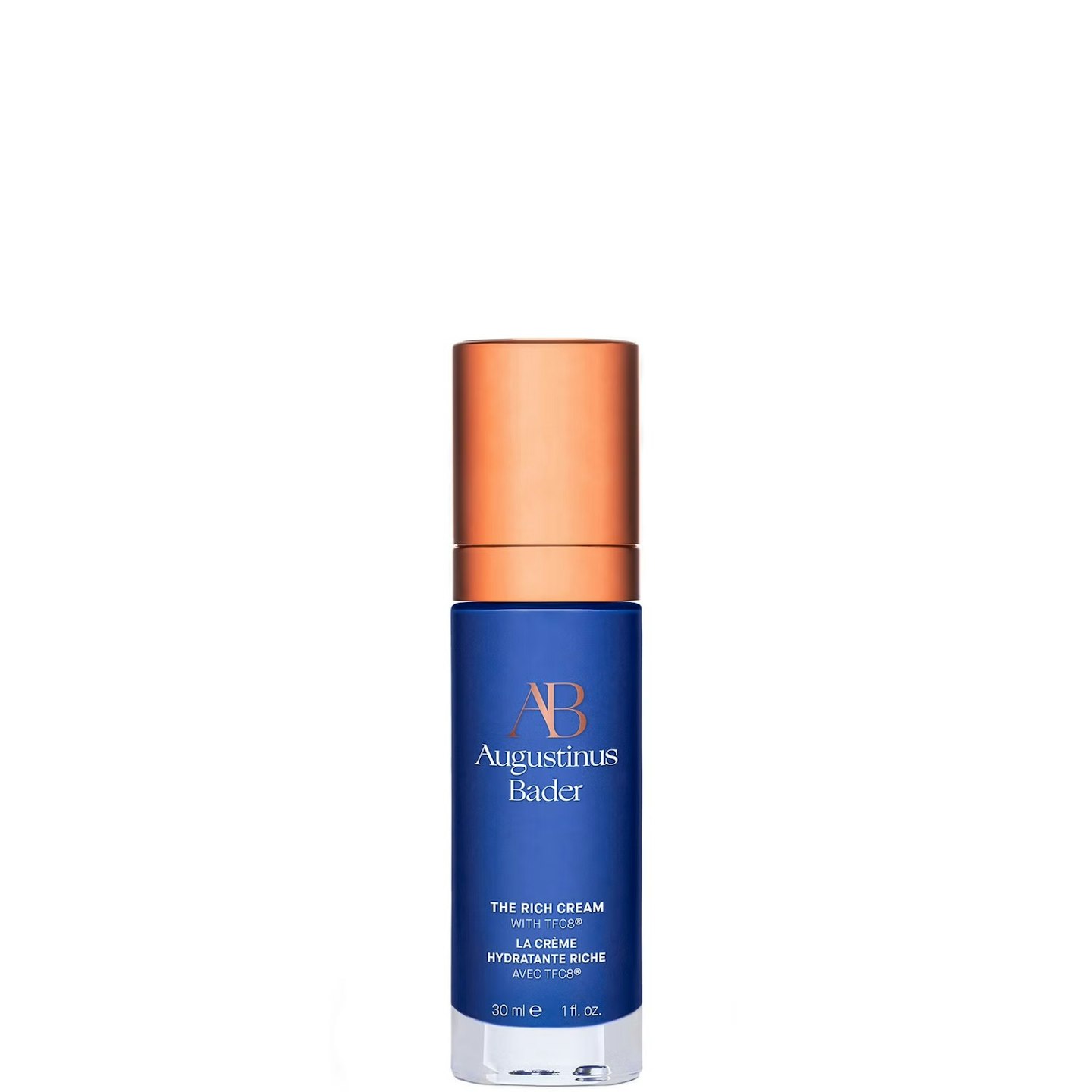
www.cultbeauty.co.uk
Roqa took serious time with my skin, layering rich, skin-loving moisturisers which created a luminous and plump canvas for make-up. Unsurprisingly, this was her primary go-to. Augustinus Bader's The Rich Cream is an industry heavyweight champion, known for its luxurious, nourishing texture and skin fortifying formula which supports cellular renewal. Primed to aid skin that is lax, it maintains elasticity, trends to lines and hyperpigmentation and supports skin barrier function with a combination of evening primrose oil, vitamin E and argan oil, as well as the brand's patented TFC8® technology.
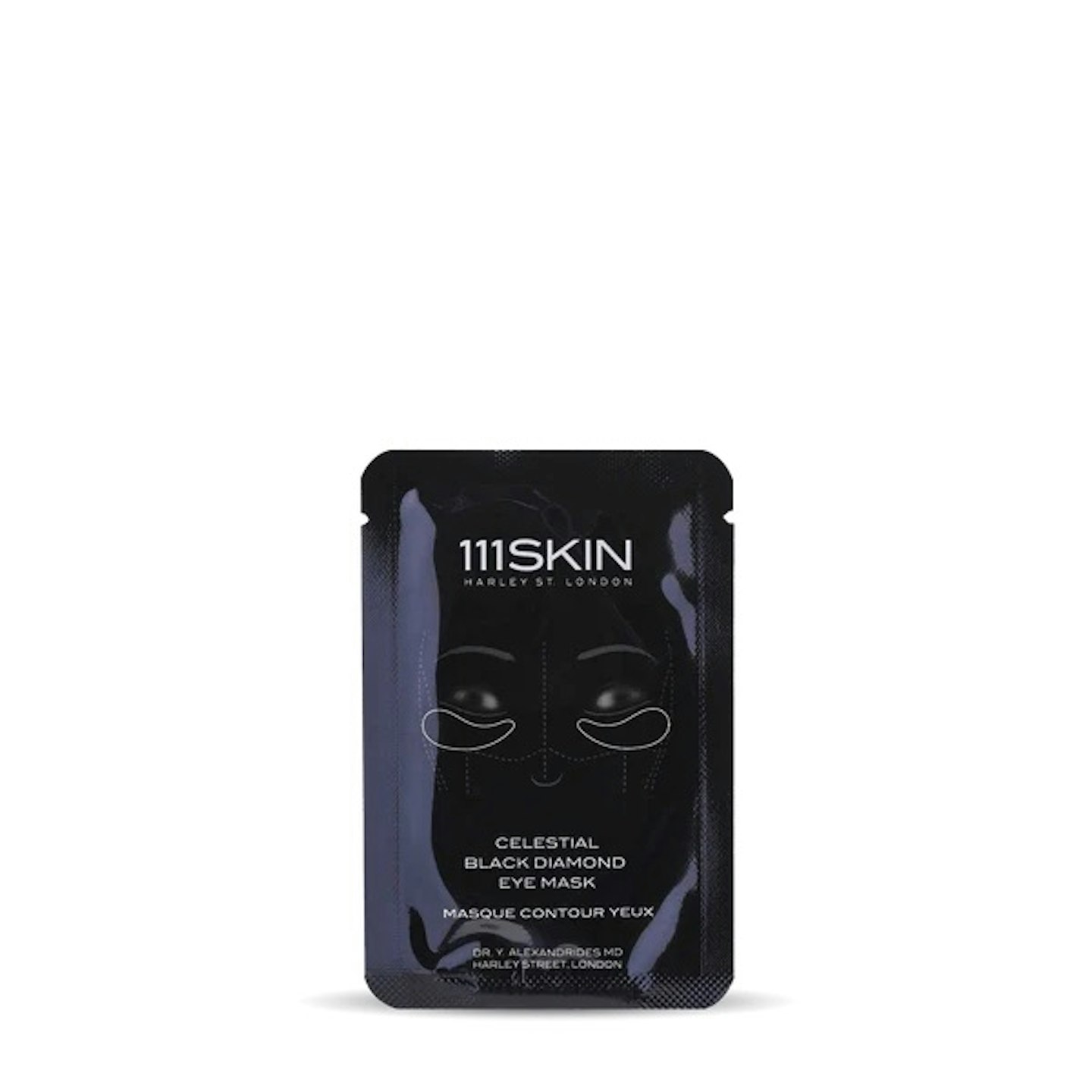
As soon as I sat on Roqa's glam seat, a pair of these were fixed onto my under eyes. They remained in place through our brief consultation before glamming began and while Roqa got to work on my brows. They immediately forced me into relaxation mode and left the skin around my eyes plump, bright and ready for the best make-up of my life.
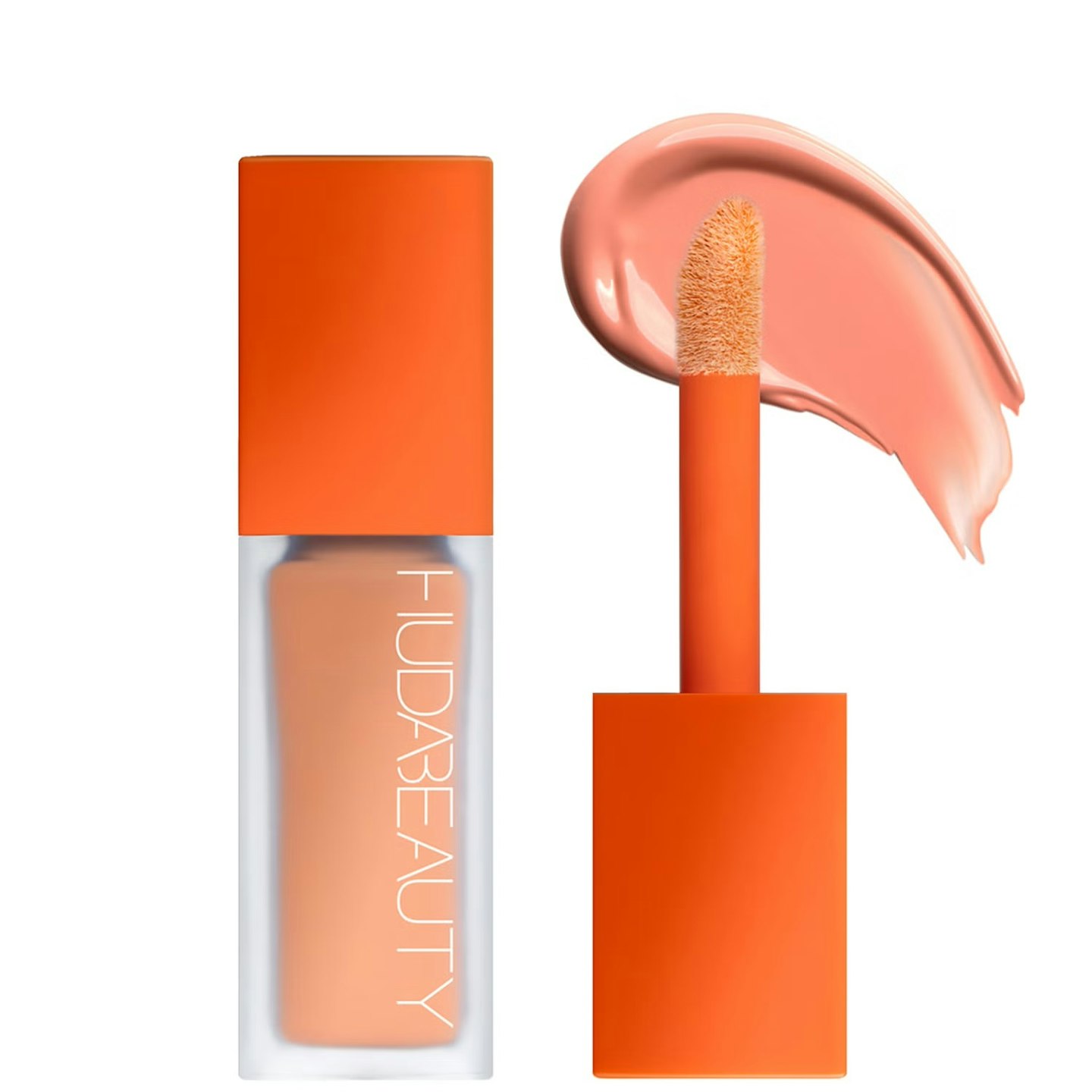
www.cultbeauty.co.uk
I have discolouration around my chin and cheeks which are down to my heritage as well as post-acne inflammation hyperpigmentation. But dark spots can be quickly remedied with a touch of colour correcting which Roqa deems essential to any bridal look. This creamy corrector comes in a range of shades to suit all, brightens instantly and cancels dullness.
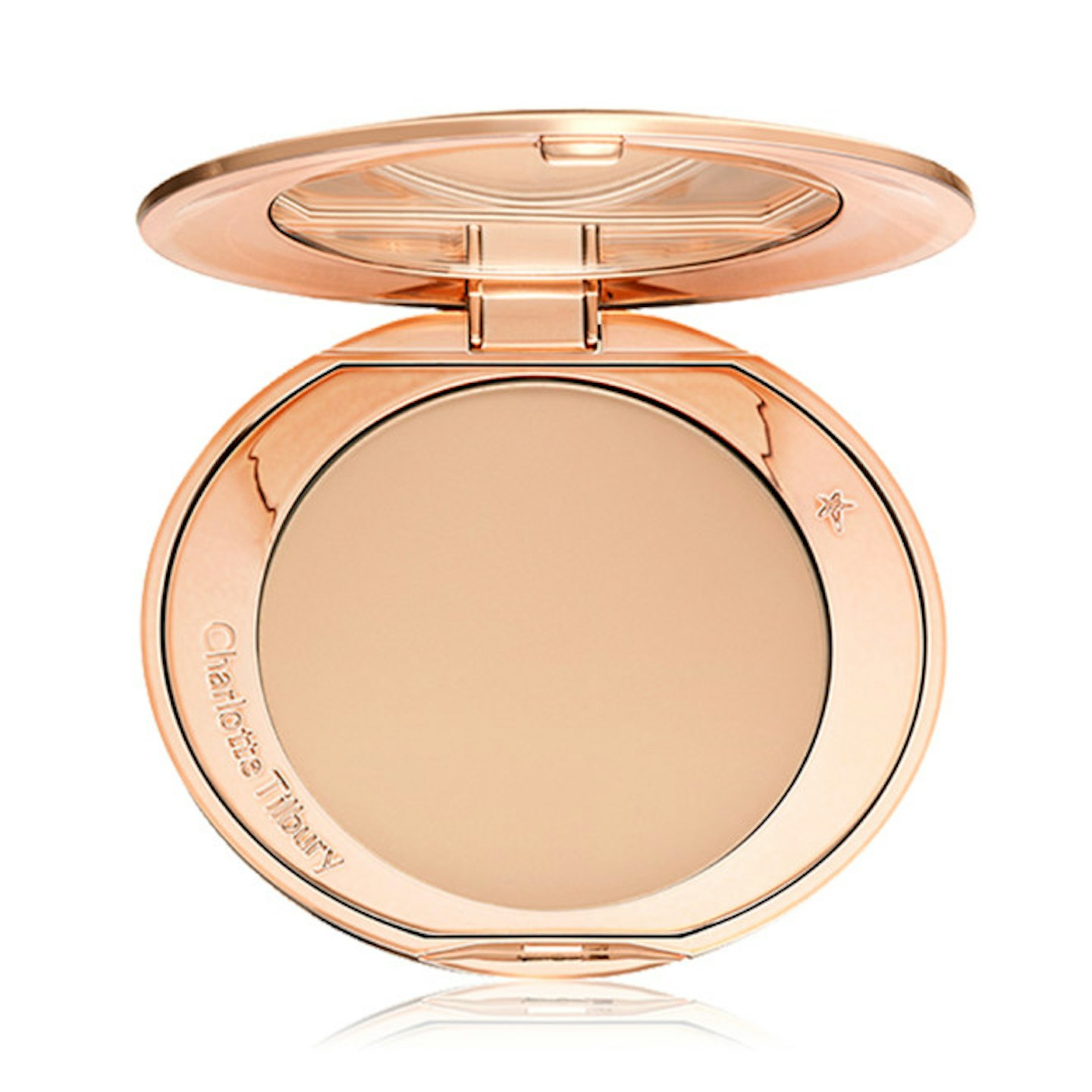
www.charlottetilbury.com
There aren't many things a bride should need to keep within reach on her wedding day, but a pressed powder is the exception. This was my ride or die throughout wedding festivities and beyond thanks to its weightless, micro-milled powder which blurs, smooths and brightens with a filter-like effect.
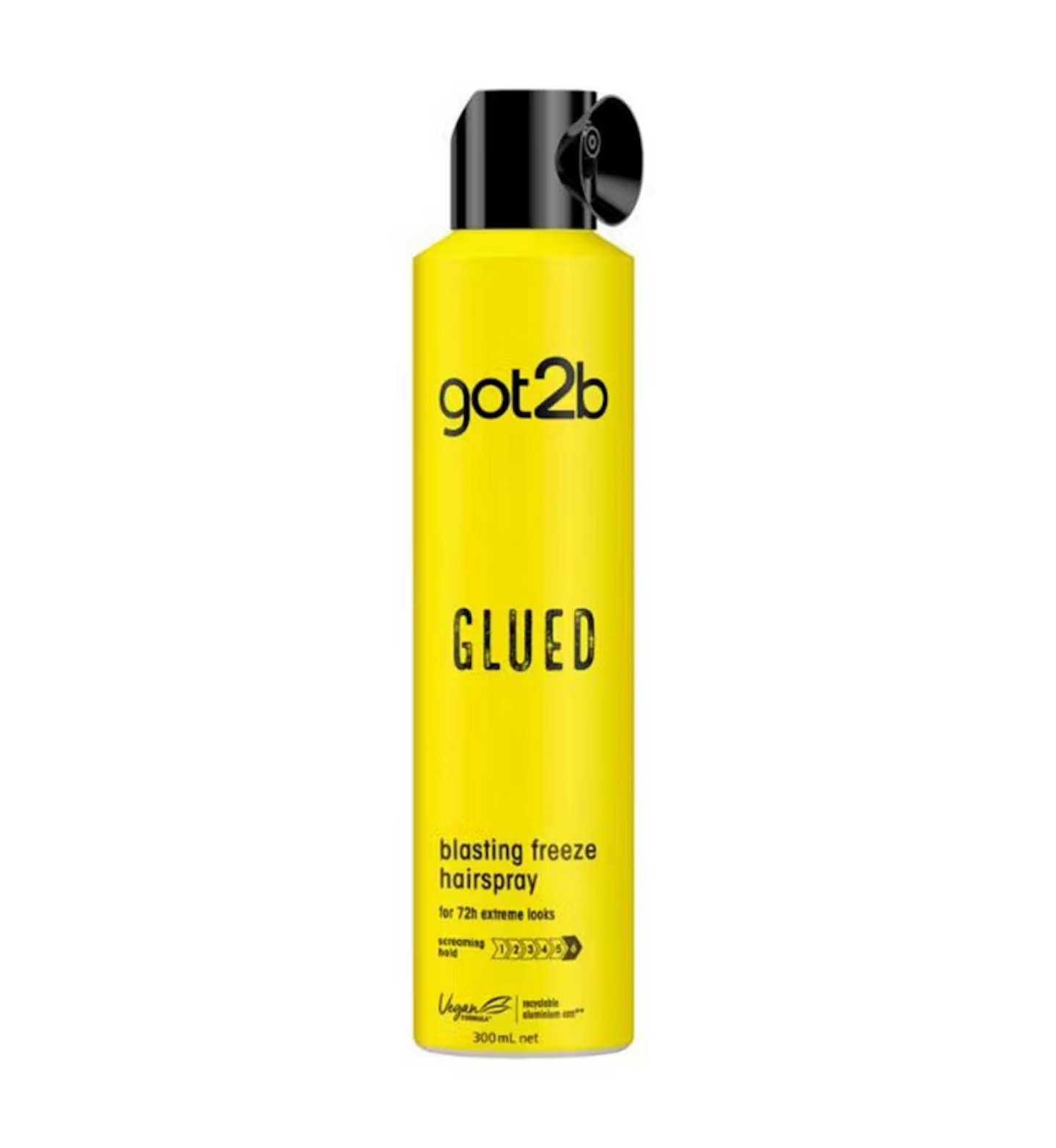
www.boots.com
You could be creating a whole host of looks throughout your festivities and chances are for several of those you'll need a sturdy spray that will lock and set everything in place. This pro-approved spray will hold for up to 72 hours (if you wanted) and suits every single hair type.
Credits:
Photography: ShotsByHanif
Hair: Aamir Naveed
Make-up: Roqa
Styling: Zahra Sarfraz/ The Glamgency
Mehndi: Ami Thakker
Sameeha Shaikh is Grazia's beauty writer, working across all categories to bring you insights on the latest trends, industry news and the products you need to know about, viral or not (most probably viral).

